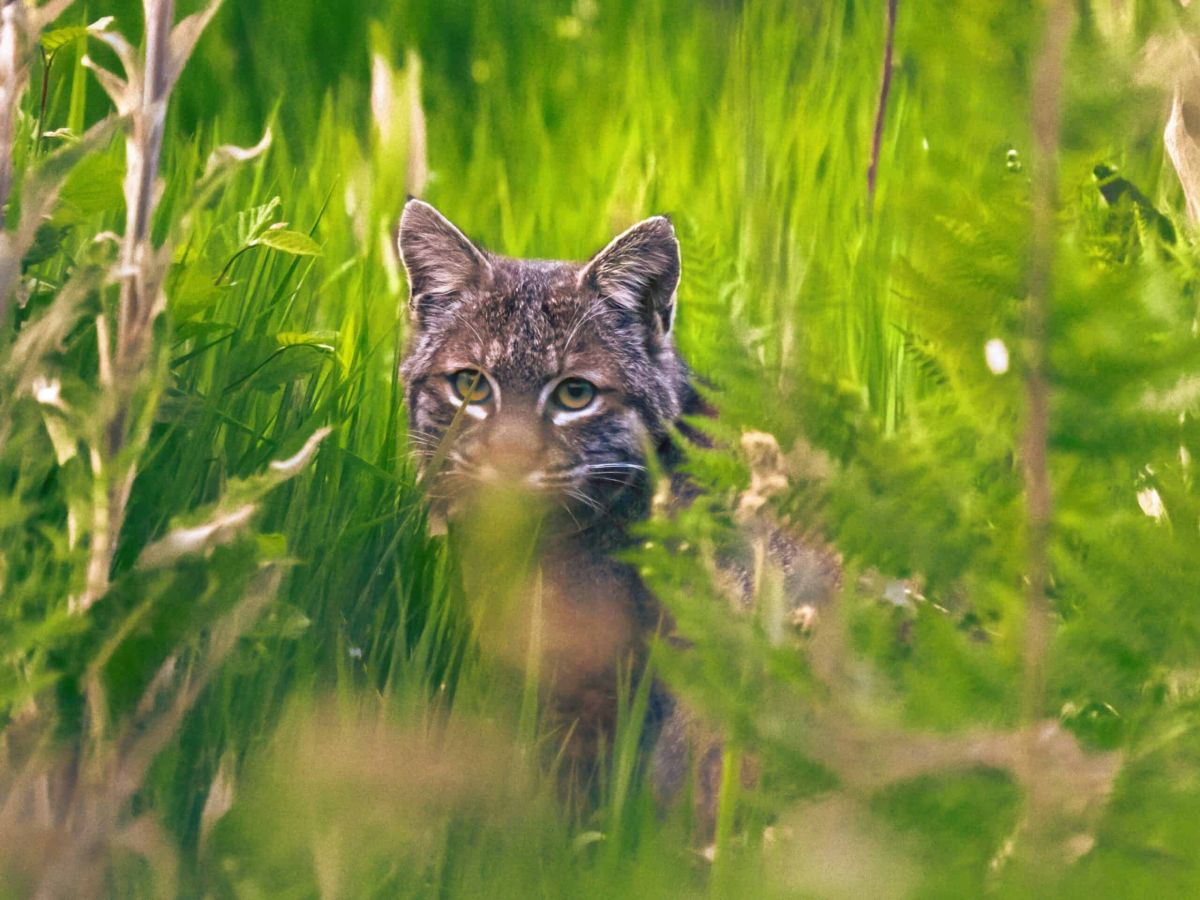European Wildcats: Exploring Felis Silvestris

Wildcats, belonging to the species Felis silvestris, are one of the most fascinating members of the Felidae family. They are often viewed as the wild ancestors of domestic cats, carrying with them a rich tapestry of evolution, behavior, and genetics.
Species Overview
Felis silvestris is a complex species with several recognized subspecies, including the European wildcat (Felis silvestris silvestris), the African wildcat (Felis silvestris lybica), and the Asiatic wildcat (Felis silvestris ornata). Each of these subspecies exhibits slight differences in size, coat patterns, and habitat preferences, adapting them to their specific environments across Europe, Africa, and Asia.
Physical Characteristics
Wildcats are generally medium-sized, with a robust body, long legs, and a bushy tail. Their coat patterns are usually a mix of browns and grays, allowing them to blend seamlessly into their natural habitats. This camouflage is essential for hunting and avoiding predators. Adult wildcats typically weigh between 5 to 16 pounds, with males being larger than females.
Habitat and Distribution
Wildcats are adaptable creatures found in a variety of habitats, including forests, grasslands, and scrublands. Historically, their range extended across much of Europe, Africa, and parts of Asia; however, habitat loss and human activity have significantly reduced their populations in many areas.
The African wildcat is particularly interesting as it is believed to be the ancestor of the domestic cat. Genetic studies indicate that domestication began in the Near East approximately 10,000 years ago, where these wildcats adapted to living near human settlements.
Behavior and Diet
Wildcats are predominantly solitary animals. They are crepuscular, meaning they are most active during the dawn and dusk hours. Their keen senses and stealth make them proficient hunters, primarily preying on small mammals, birds, and insects. Their diet allows them to play a crucial role in the ecosystem by controlling rodent populations.
Communication among wildcats is nuanced, including vocalizations, scent marking, and physical displays. These methods facilitate territory establishment and mating behaviors, showcasing the complex social structures involved even in solitary species.
Conservation Status
The conservation status of Felis silvestris varies by subspecies. While the African wildcat is relatively stable due to its adaptability to human environments, the European wildcat faces numerous threats, primarily habitat loss, hunting, and hybridization with domestic cats. According to the International Union for Conservation of Nature (IUCN), the European wildcat is classified as Near Threatened, prompting conservation efforts to establish protected areas and promote responsible cat ownership to prevent hybridization.
Conservation efforts also focus on education and habitat restoration. Understanding the ecological role of wildcats is critical in fostering a relationship between these felines and human communities, emphasizing their importance in maintaining biodiversity.
The Role of Wildcats in Ecology
Wildcats play a pivotal role in their ecosystems as apex predators, helping maintain the balance of populations of smaller animals. This predatory behavior contributes to the overall health of the environment, preventing overpopulation and promoting biodiversity. As ecological indicators, the presence and health of wildcat populations can reflect the overall well-being of their habitats.
Conclusion
The wildcat, or Felis silvestris, is a remarkable creature that embodies the wild spirit of the feline family. Their adaptability, hunting prowess, and role in the ecosystem highlight their importance in nature. As we continue to navigate the challenges posed by habitat loss and climate change, it is crucial to prioritize conservation efforts to ensure that these enigmatic animals continue to thrive in the wild. Promoting awareness and appreciation for wildcats will not only help protect their populations but also enhance our understanding of the intricate web of life that supports our planet’s biodiversity.



